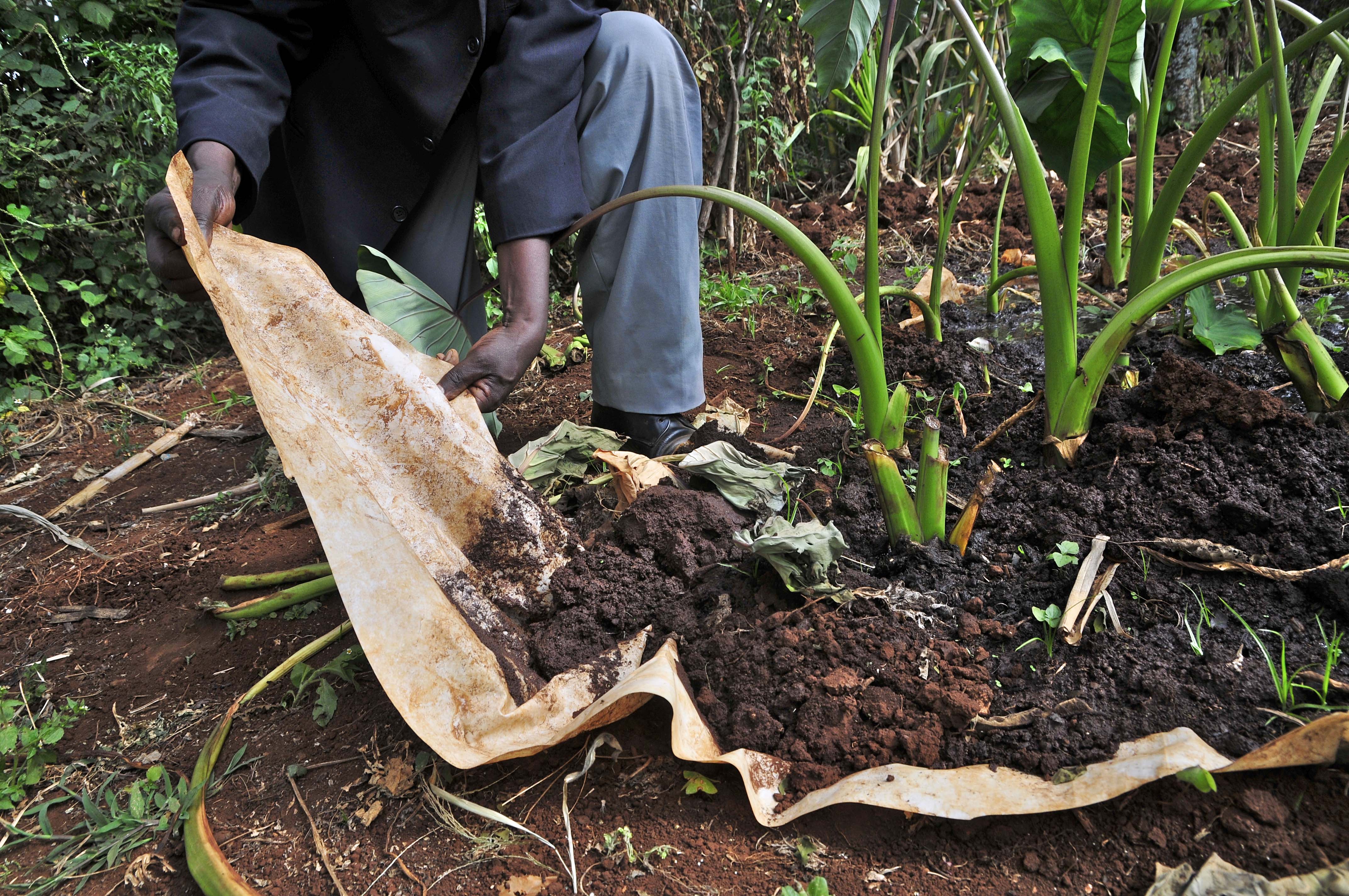Look to the Soil for Water Supply Answers
Author: Matt Weiser
Throughout the ongoing drought, millions of Californians have lifted eyes skyward, yearning for rain. But Judith Schwartz believes we should spend just as much energy puzzling over the ground at our feet.
In her new book, “Water in Plain Sight,” Schwartz argues that the amount of rain that falls is less important than what happens to the rain, how fast it moves across the land and where it goes. Soil health, land management and wildlife diversity all figure into the results.
Schwartz, a journalist who lives in Vermont, previously wrote “Cows Save the Planet” in 2013. In that book, she argued that restoring soil–in part through restorative livestock grazing practices–can play an important role in reversing climate change.
The new book takes that notion a step further, asserting that by restoring biodiversity to the soil and the landscape, we could boost water supplies and improve water quality. Schwartz takes a number of examples from California to make her case.
The problem at hand is that our soils have been so depleted by development and intensive agriculture that the dirt simply can’t soak up water like it once did. Instead, water rushes off too fast, leaving creeks and aquifers depleted, contributing to water quality problems. But the spongy, thirsty soil that once existed can be brought back, she says, if we change farming and grazing practices.

